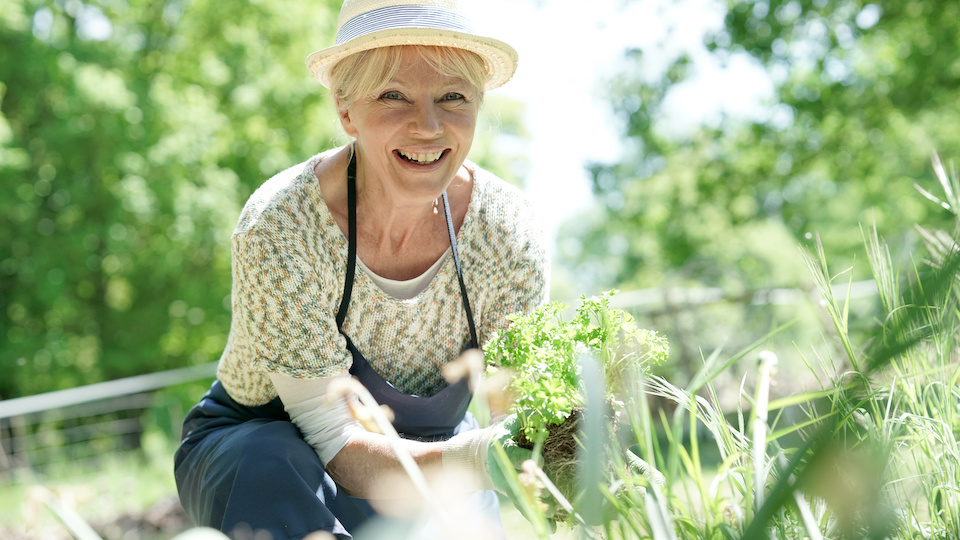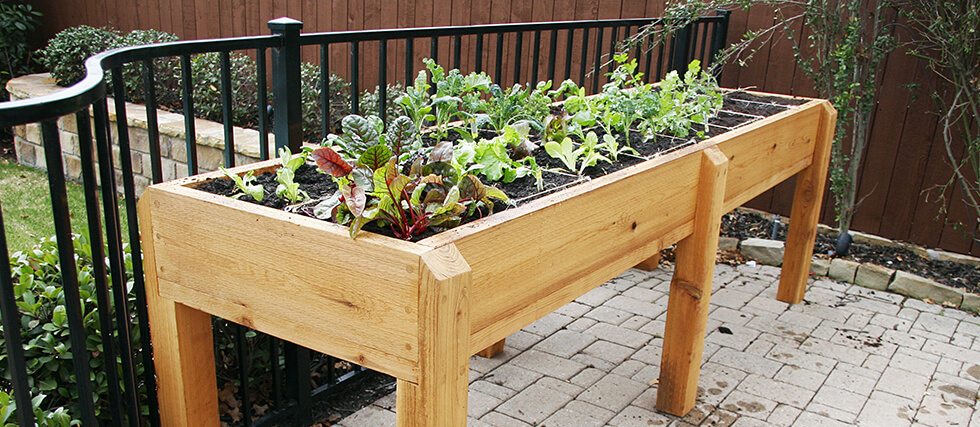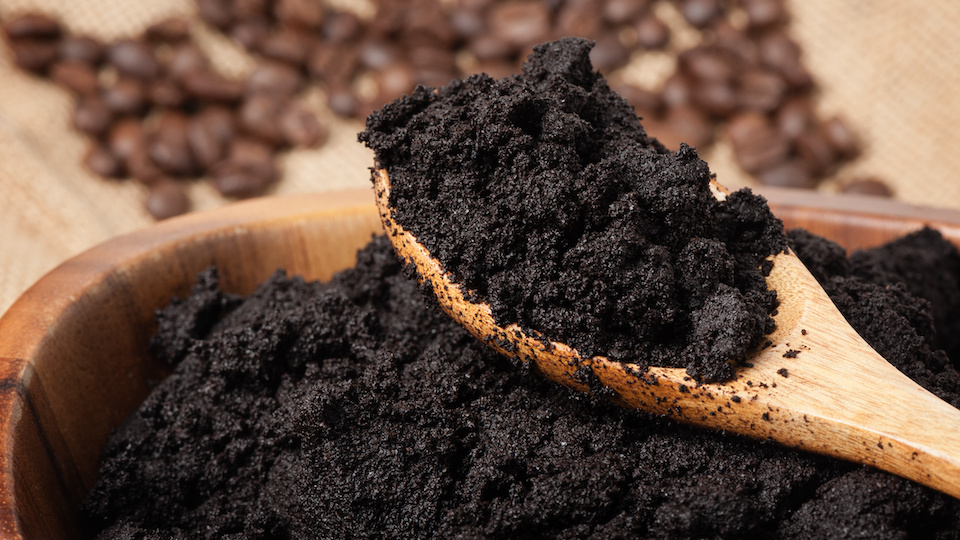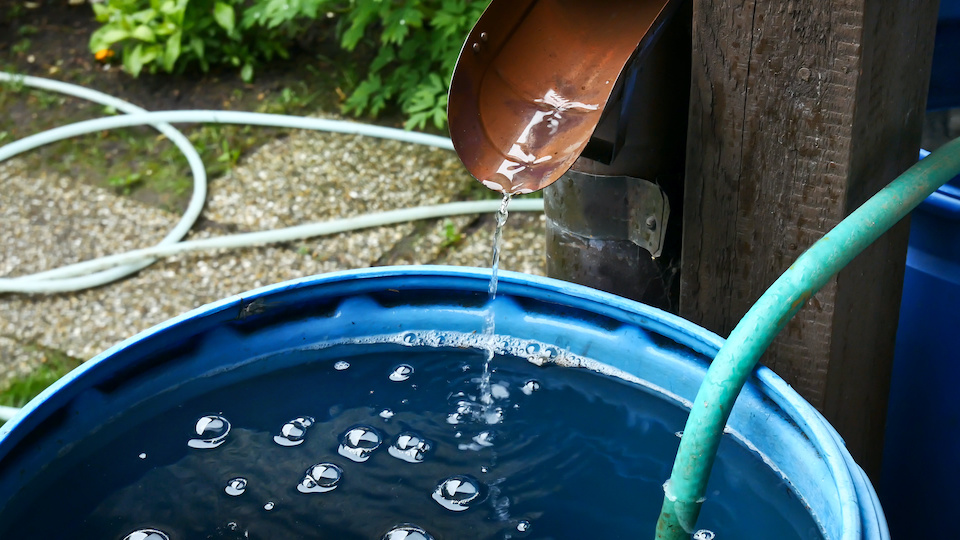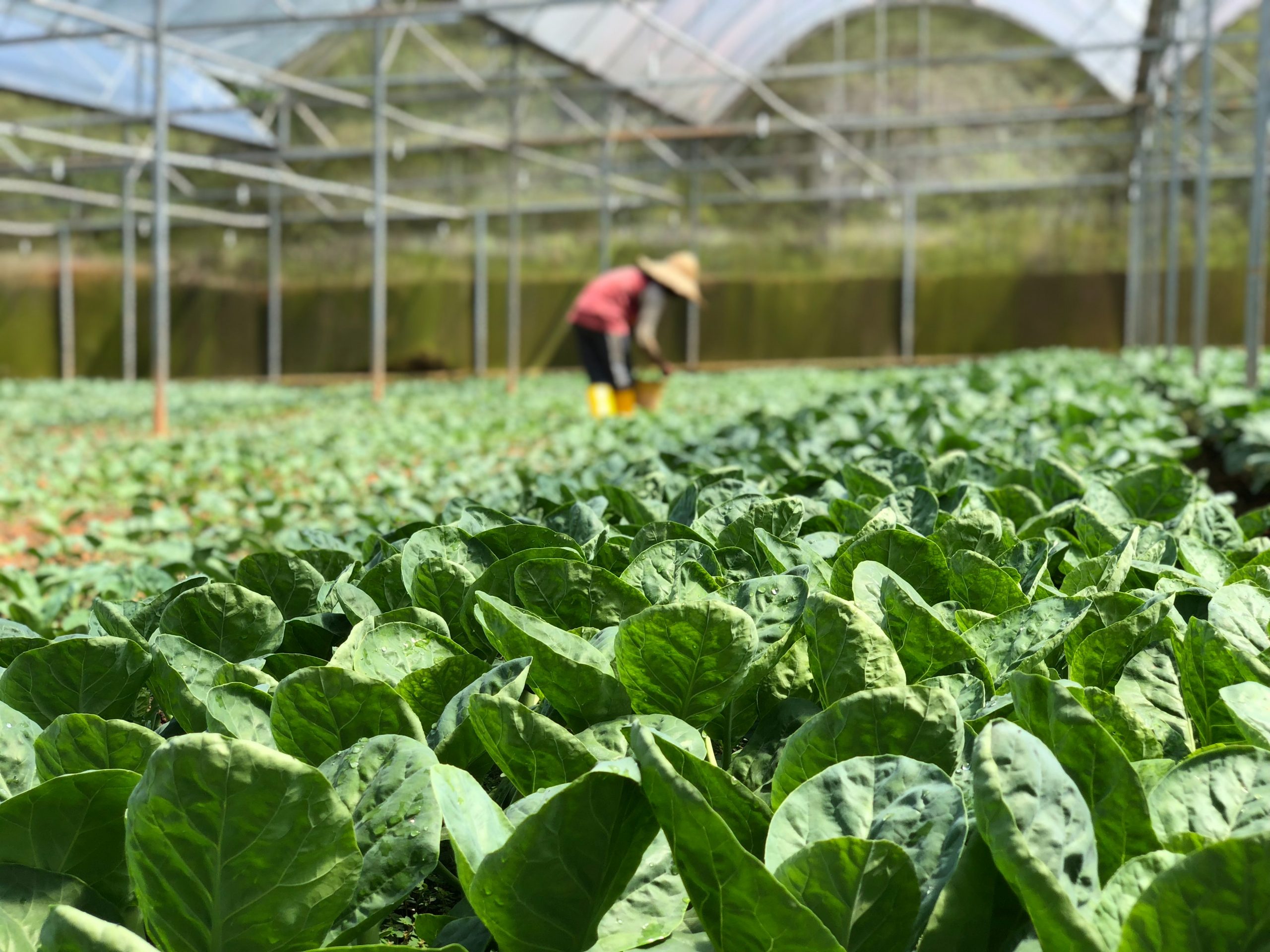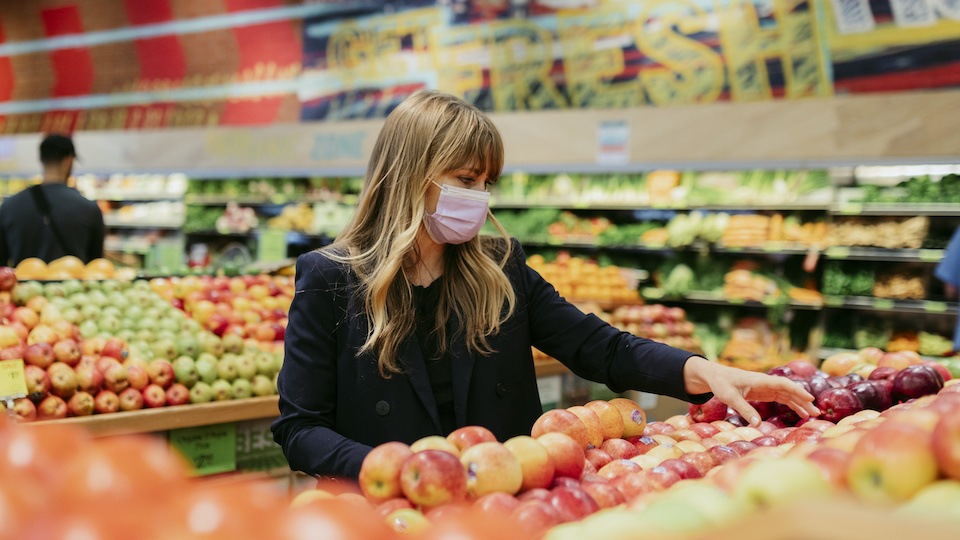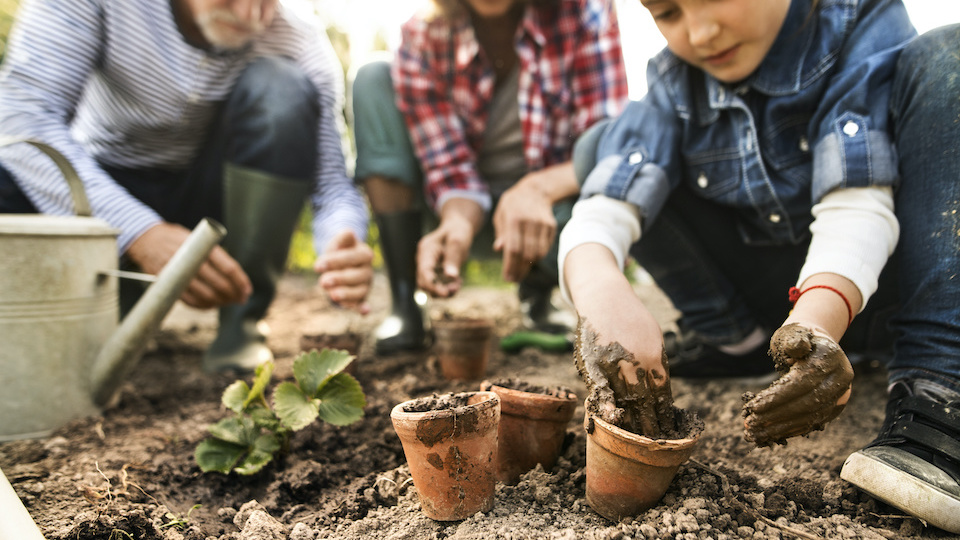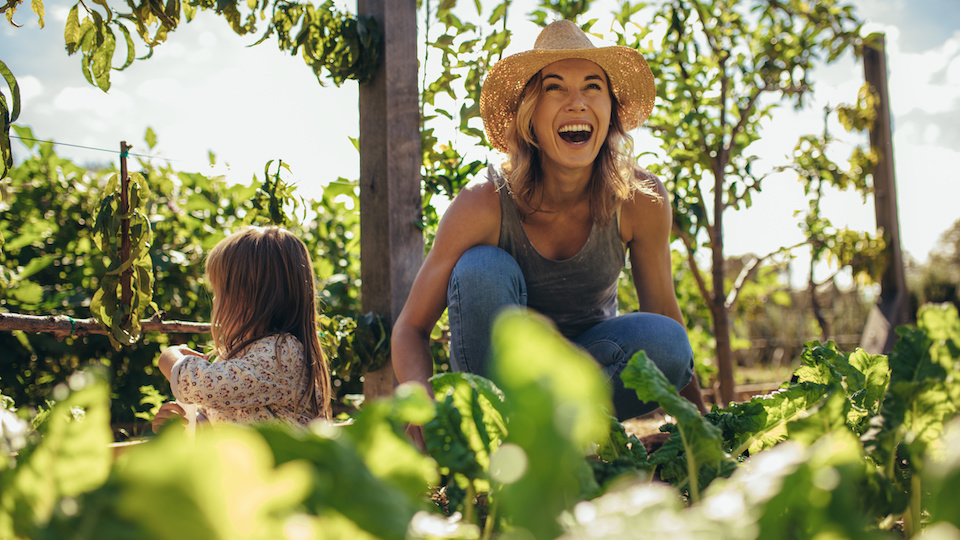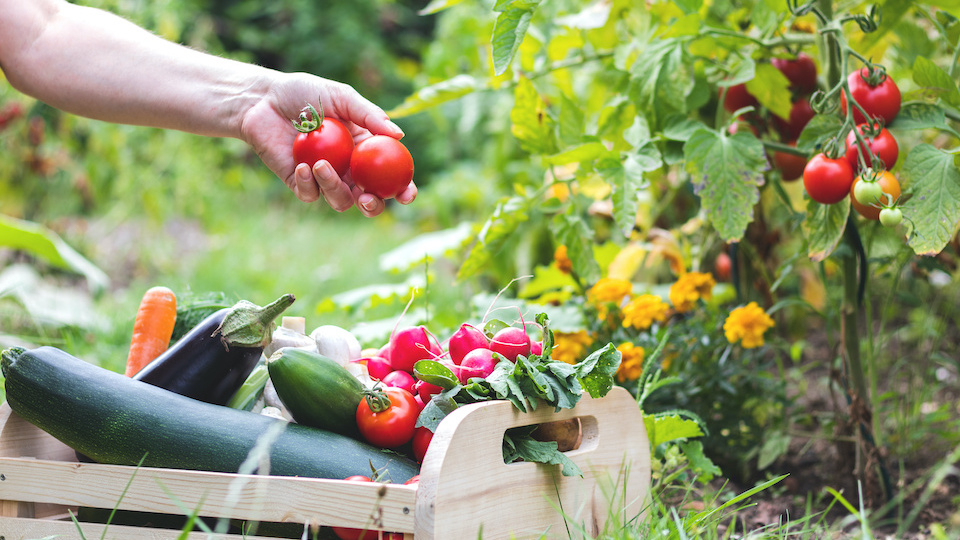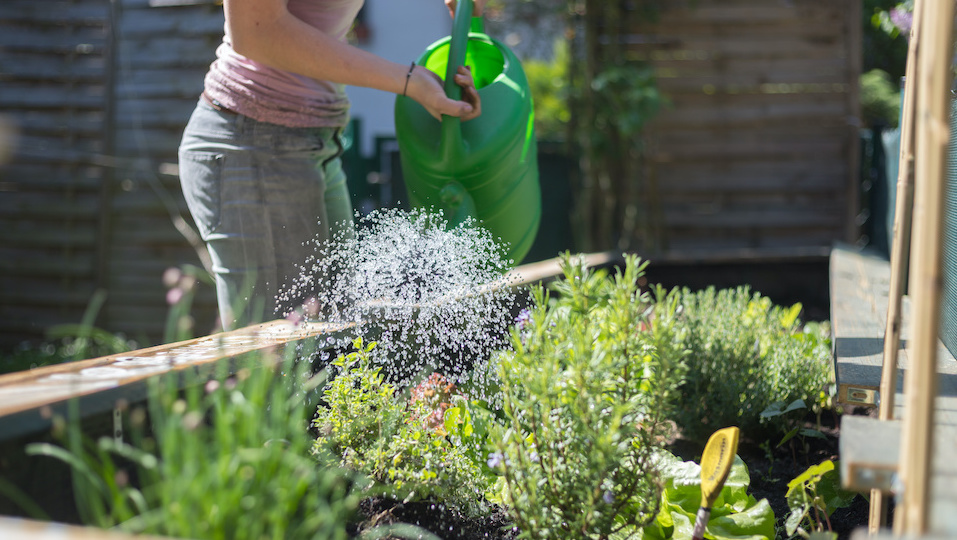Becoming a Mindful Gardener Amidst a World in Chaos
When an envelope of chaos surrounds your life, it is important to know that your garden can be a place of refreshment, renewal, and hope. It can be a safe place where you can be still and become one with the natural world around you. This is a good thing. We often trip on our thoughts, on fear, and on the what if’s. In the garden, you can be still, content, and soak in the beauty that surrounds you. When you become a mindful gardener, you have arrived at a place that allows you to escape the chaos of the world and just be.


